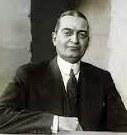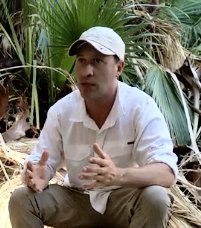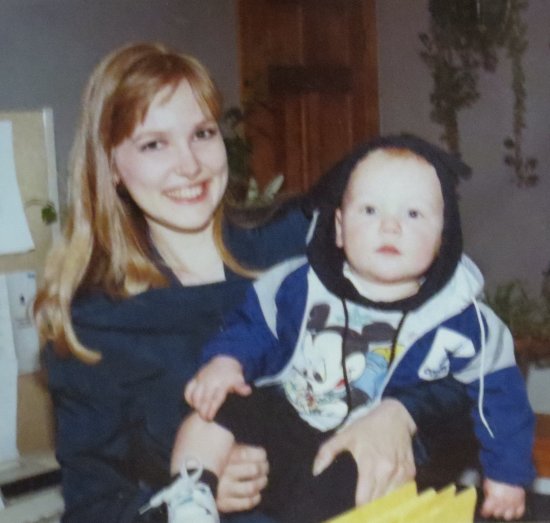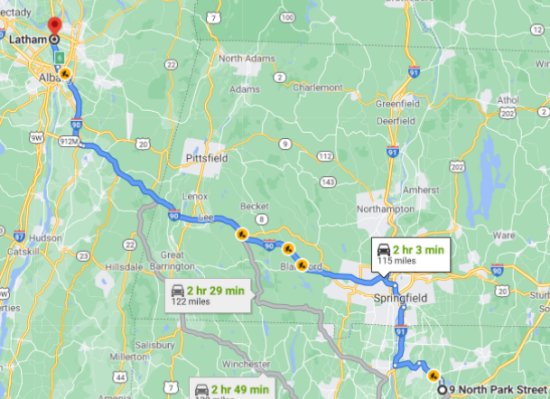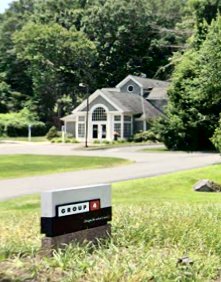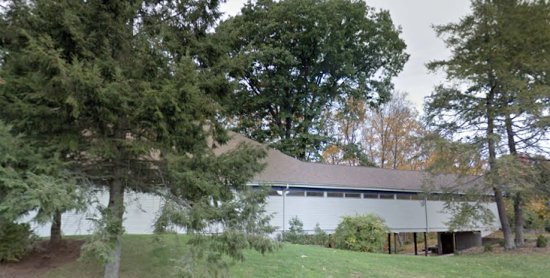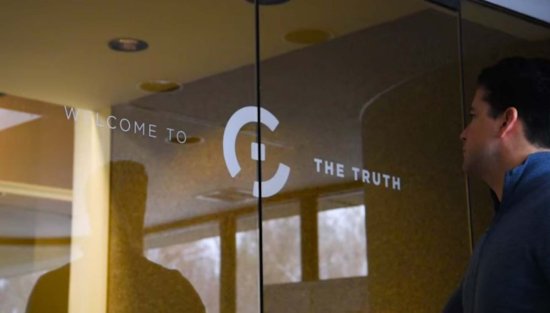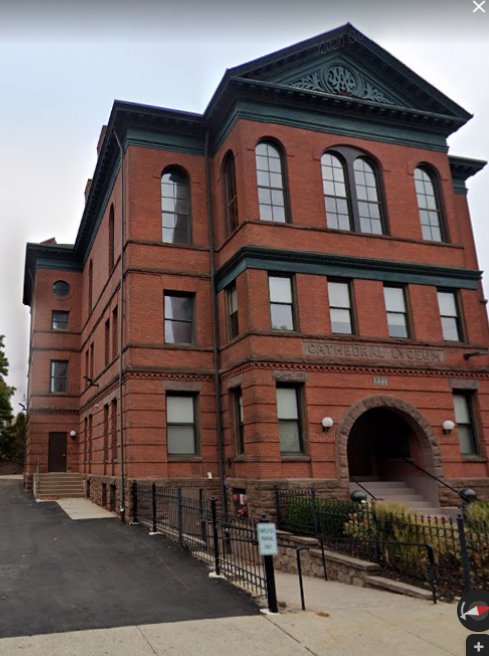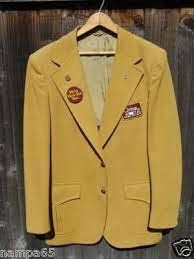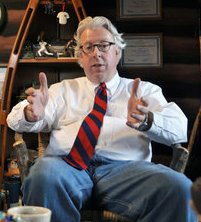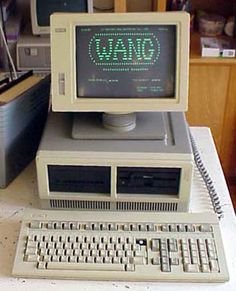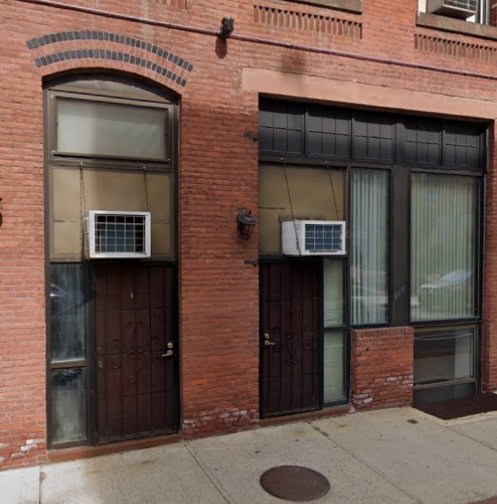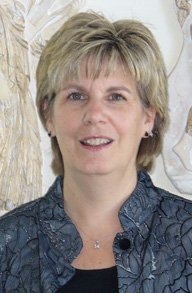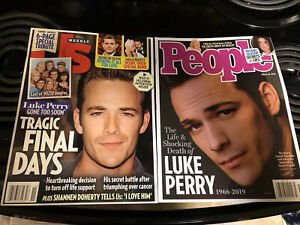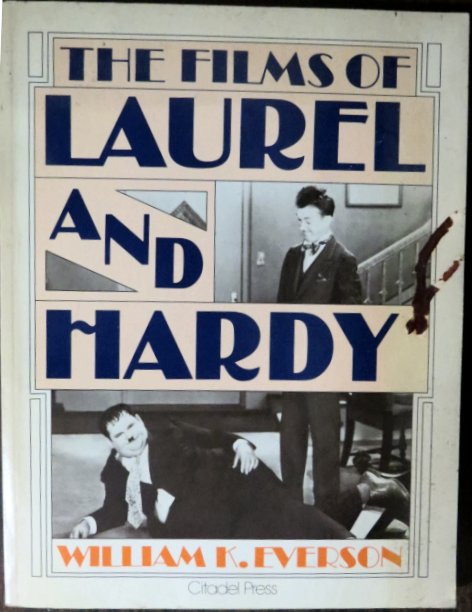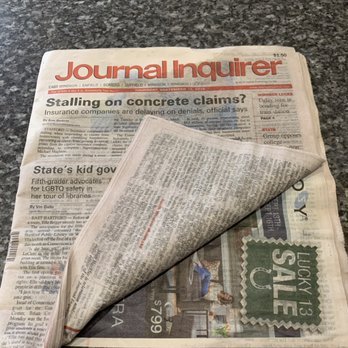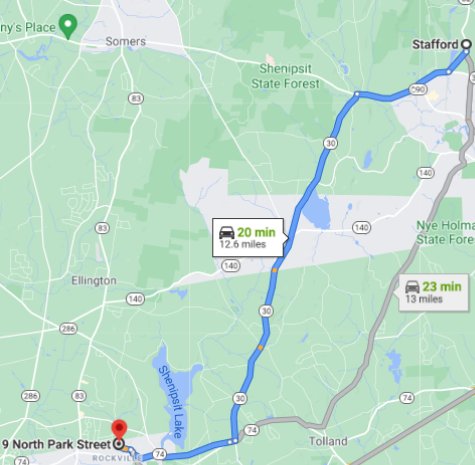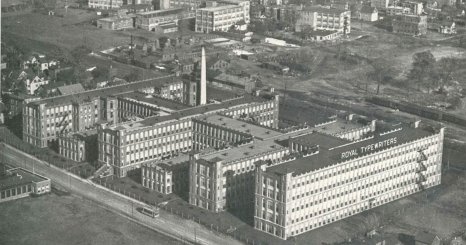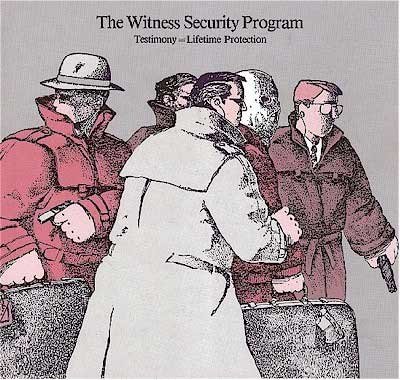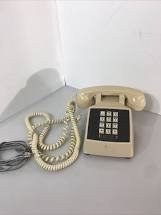The record-keepers. Continue reading
This may be the most difficult entry for me. I worked with all of these people, but I only worked closely with the last few. I hired only the last few. Sue hired most of the rest.
TSI’s administrative area had much more turnover than any other area. Some of the people whom we hired did nothing but bookkeeping. Some were hired primarily to help with marketing. Some were hired to be Sue’s assistant, which meant they could be doing anything or nothing. I am not even sure what responsibilities some of these people had.
I do not remember interviewing any of these people or talking with Sue about their qualifications or salary. My impression is that they just sort of appeared in the office.
Our first administrative employee was Debbie Priola. Her story is told here. Kate Behart was hired either just before or just after Debbie left. Details of her employment at TSI are posted here. For several years Kate, Denise Bessette, Sue and I were the core group, first in Rockville and then in Enfield. However, we often had additional administrative people—one, two, or even three at a time. I am pretty sure that I have completely forgotten some of them
One of Sue’s primary sources of new employees was our client base. One of the earliest of those hires had been Caroline Harrington, who did the bookkeeping for Darby O’Brien Advertising (DOB) (described here). I never really understood this. I worked closely with Caroline during the installation of the GrandAd system at DOB, and I thought that she did a really good job. One day she must have either called Sue or been called by Sue, and somehow she ended up as our employee. I don’t know why she wanted to work for us. It always seemed to me like a step down from her responsibilities at DOB. Then again, I am not sure how Sue described what her responsibilities at TSI would be.
I did not work much with Caroline in TSI’s office. At the time I was spending at least half of the business hours out of the office at one client or another. When I was in the office I spent most of my time preparing work for Denise or going over work that she had already done. If I had any time left, I spent it writing programs, dealing with support issues, or writing proposals or contracts. Also, I took a nap every day after lunch.
Caroline’s employment did not last very long. I don’t know why she left or where she went; one day I learned that she was no longer working at TSI.
Another person whom Sue does not remember was a young woman who worked for us for one summer between her junior and senior years of college. I don’t remember what she did for us, but I do remember that I was impressed with her. However, the impression was not strong enough to prevent me from forgetting her name.
I had hoped to recruit her as a permanent employee until she told me that she planned to move to Japan after she graduated.
I remember absolutely nothing about Linda White, whose name I found on TSI’s payroll for 1989. Sue remembered her. Apparently she worked for us for a week or two. Then one day she went out for lunch and never returned to the office or called. She might be holed up in parts unknown playing cutthroat pinochle with Judge Crater1 and Thomas Coyne2.
I remember Kim Ouellette. We hired her shortly after we moved to Enfield in 1988. I don’t remember what her precise role was at TSI, but I do recall that at Christmas that year she was my “Secret Santa”. She gave me three pairs of wool socks. I lost one of the socks, but I still wear the other pairs on cold winter days.
Chris Vegliante (she/her) worked at Group 4 Design, one of TSI’s clients (described here). I don’t recall what caused her to leave Group 4 and join our staff. Nor do I remember when or why she departed.
I remember two things about Chris. I am pretty sure that she came over to our house once, the summer that we decided to host the summer outing at our house in Enfield. I grilled some burgers and dogs, and we set up a badminton net in the yard between two of our maple trees. Those two trees in 2021 have grown to the point that they nearly touch in the middle. No one would consider playing badminton there today.
My other recollection of Chris is about the day in 1988 on which I received two telephone calls from the Hartford Courant. When the second call came, she announced “I think that you won that short story contest!” The whole event is described here.
For a short period in 1989 a woman named Judy Morrill3 worked for TSI, specifically for Sue. She even came over to our house for a visit once. She brought her young son, who was terrified by our cats, Rocky and Woodrow. He screamed for five full minutes.
Both cats were completely harmless.4
Galilee Pease5 (she/her) was a college student who worked for TSI over two summers. She was an excellent employee. Everyone liked working with her. We had much more success with college students than with permanent employees.
When we were looking for someone to help with the Y2K project, she mentioned that her brother Fred, who stayed up all night playing computer games, was available. She warned us that we might not like him.
Bernice Gannuscio6 worked at Keiler Advertising, but she lived in Enfield. She asked us if we might have an opening. I thought that she could be a valuable employee for TSI. The problem was that we wanted her to answer the telephone in the office, but she had hearing problems that prevented her from being able to do this very well. She investigated hearing aids, but none that she could tolerate seemed to work for her.
Titus Britt7 had the distinction of being taller than I was and just as skinny. He was also the only Black person who ever applied for a job at TSI. He lived in the southern part of the state, and so the drive to Enfield was considerable. Because he loved his Camaro, he did not mind too much.
I was never quite sure what Titus’s role at TSI was, but when he heard that TSI’s sales rep, Tom Moran, and I were planning to fly to Seattle to demonstrate the AdDept system for The Bon Marché, a department store chain in the northwest, he asked if he could come. I don’t remember why we agreed to this—from a business perspective it made no sense—but we did. I think that he had family there.
Terri Provost8 came to work for us in the late eighties. Her previous employer was Colonial Realty, the company that bamboozled thousands of people in Hartford in the late eighties. The scam and its results are described here. Terri was a secretary for William Candelori, one of the company’s principals. Even after the scheme unfolded, she still had great respect for him. He was charged only with tax evasion. The other partners went to prison or committed suicide.
Evidently, although CR treated its investors with disdain, it was very nice to some of its employees. Terri told us that the company took its employees to a casino in (I think) Atlantic City. Her boss even gave her some money with which to gamble. I never adopted such a policy.
Terri and I went on a sales call in Manhattan once. I wrote about it here.
We had no dress code at TSI. As an army veteran who was forced to wear a uniform at work for eighteen months I felt that this was my right. It was never a problem. Most of us wore shorts in the summer and jeans or something similar in colder weather. On more than one occasion Terri came to work in a short dress and back-seamed stockings. I did not know what to think of this. It seemed totally inappropriate to me, but I have never in my life criticized anyone else’s sense of fashion. I said nothing.
Terri had a baby while she worked at TSI, but the child died after a few days. She kept a picture of him on her desk. I certainly would not wanted to be reminded of a sad event at work9. I said nothing.
My recollection is that Terri became pregnant again and decided to quit her job at TSI. By then she was working for Michael Symolon. I don’t think that they got along too well. I know that Michael was more than happy to replace her.
The woman that Michael hired to replace Terri was Linda Fieldhouse10. She was a joy to work with, and she seemed to like both Sue and me. I am not sure why she quit. I vaguely remember some health problems.
I remember a woman who worked for us in a period in which both Sue and I seemed to be very tense. Both of us drank coffee, and one of the prime responsibilities of the administrative person was to make sure that the coffee pot was not empty. We always made the coffee with two scoops of regular coffee and two scoops of decaffeinated coffee. This employee did not get the message and made it with four scoops of regular coffee. So, for a week or two, Sue and I consumed twice as much caffeine as we thought.
I think that this may be the same lady whose favorite task was the printing of program listings, a task that required very little skill or knowledge. Mostly it was just making sure that the printer did not jam. Everyone else just let the printer do its thing, but she enjoyed monitoring it.
This lady left TSI soon after the coffee incident was discovered. I don’t remember her name, but I found evidence that someone name Bettijane Kaschuluk11 worked for TSI in 1987. Neither Sue nor I remember anyone with that name.
Ann Locke12, who was married to Sue’s cousin, Jimmy Locke, worked for TSI off and on for a while. I think that she mostly did cleaning. I once remarked that she “brought a little bit of Appalachia to TSI.” Denise later told me that she was shocked when I said this, but she later told me that she understood what I meant.
My sister Jamie was married to Joe Lisella Jr. for the decade or so that she lived in Simsbury, CT, and West Springfield, MA. She worked for TSI for part of that time. Her daughter, Cadie Mapes, also worked for TSI part time. That period is discussed in detail here.
1. Judge Crater disappeared without a trace in 1930. His story is here.
2. Thomas Coyne was scheduled to appear on the fourth episode of the podcast Nobody Listens to Paula Poundstone in 2018 . He never showed up or called to cancel. The cast organized an international search that lasted for months but he was never spotted by any “nobodies”. However, I don’t think that any listeners looked form him at the survival school in California that he runs.
3. I think that Judy Morrill still lives in Enfield.
4. This was not strictly true. Rocky never hurt anyone, but Woodrow, although extremely friendly, had an alter-ego whom I called Nutso Kitty. His eyes glazed over, and all bets were off. Once while I was napping Nutso Kitty pounced on my left hand and ravaged it with all twenty claws. I had to throw him out of the bedroom, and I mean that literally.
5. Bernice now goes by Bernice Zampano. Her LinkedIn page is here. It does not include her experience at TSI. I think that she lives in Portland, CT.
6. Galilee is now known as Galilee Simmons. I think that she lives in Utica, NY. Her website is here, but I don’t think that it has been updated in years.
7. I think that this may be Titus Britt’s LinkedIn page. He has had a lot of jobs, but he did not list anything as far back as the nineties. This person does not look as skinny as I still am.
8. Terri Provost, who now goes by Terasia Provost-Darr, in 2021 is a realtor in Vernon, CT. Her LinkedIn page is here. Neither TSI nor Colonial Realty is listed as part of her experience.
9. My current office includes pictures of Mark Twain, W.C. Fields, Lynda Carter as Wonder Woman, and my photograph of the statue of Constantine’s head in the Capitoline Museum in Rome. Nearby are a plush slipper of my guinea pig Chardonnay, action figures of Wonder Woman and Pope Innocent III, and a plush toy wolverine wearing a tee shirt with a block M whom I named Mitch Egan.
10. Linda Fieldhouse lives in Vernon in 2021. Her LinkedIn page is here. Don’t bother to look for TSI on her experience list.
11. A woman named Bettijane Kaschuluk who is a little older than I am lives in Stafford Springs in 2021.
12. Ann Locke still lives in Enfield in 2021. Her Facebook page is here.

